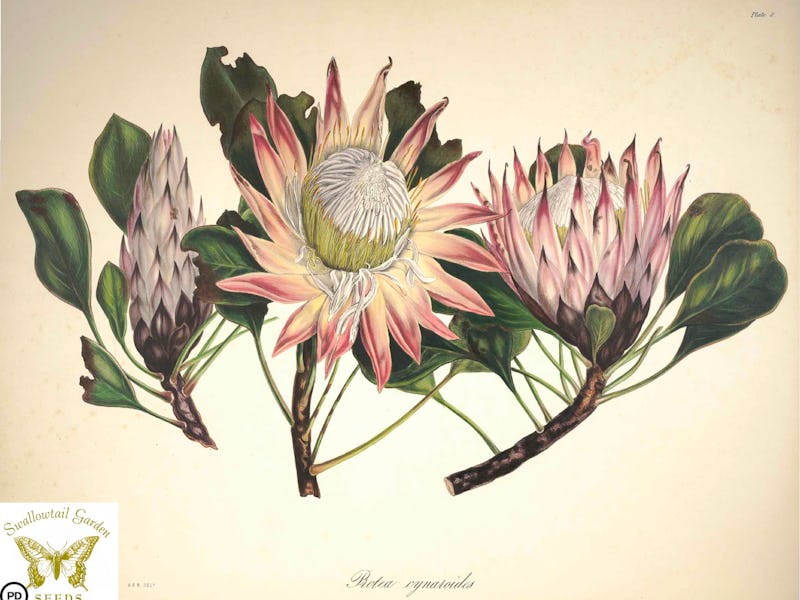Natural History Museums Are Full of Misidentified Specimens
A new study shows that we may not be collecting what we think we're collecting.

A new study out of Oxford University suggests that as many as half of natural history specimens in collections around the world may be mislabeled. That alarming — if not alarmist — finding was arrived at by botanists rifling through specimen management systems looking for specific species. The species in question? Afromum, an African ginger genus, Ipomoea, a potato genus, and Dipterocarpaceae, a genus of rainforest trees. The results of those searches all pointed to different, compounding problems.
Afromum plants were misidentified 58 percent of the time in part because collectors simply misidentified species, but largely because species names are subject to change and had not been updated. Specimens in museum were often catalogued under outdated names or just the genus name, which isn’t wrong, but also isn’t particularly useful.
A flower on an Ipomoea plant
Researchers found some 49,500 Ipomoea specimens, 40 percent of which we labeled with outdated synonyms. That was in keeping with the Afromum results, but 16 percent of the specimens had names that were either incoherent or invalid. The names themselves didn’t make taxonomic sense.
Dipterocarpaceae in the not-quite wild
And then there were the Dipterocarpaceae samples, many of which were products of the same plants (it’s common practice to take multiple samples from single plants). Of the 21,075 specimens created out of the 9,222 collection, 29 percent were labeled differently than other pieces of the same damn trees. The researchers didn’t really look into which labels were right because multiple labels couldn’t be.
The research is compelling in the sense that it illustrates the scope of what is a major problem, but also because it points toward an almost inevitable solution. The decentralization of specimen catalogs has led to a situation where non-experts are asked to label species (and not just plants mind you, the insect situation is believed to be potentially worse). It’s unsurprising that this doesn’t work out. The researchers suggested that a digital solution is in order and, though this conclusion seems obvious, it also points to the amount of work that needs to be done to keep the collections and discoveries of the past relevant to the science of the future.